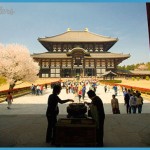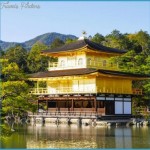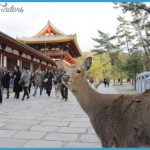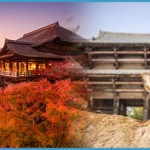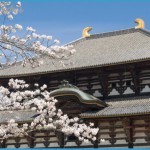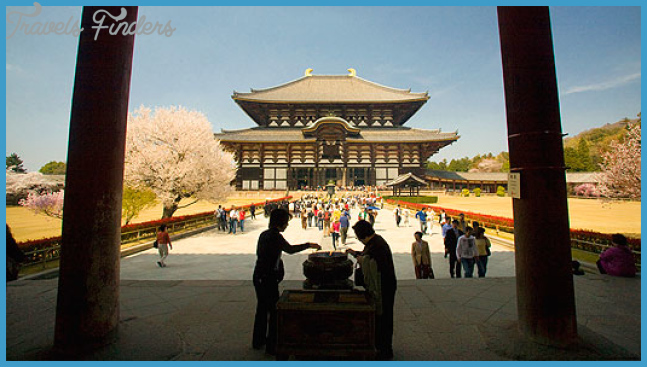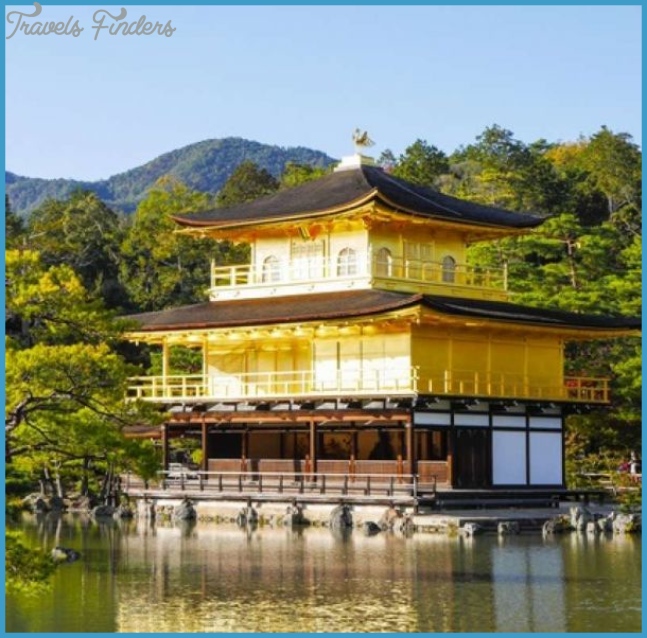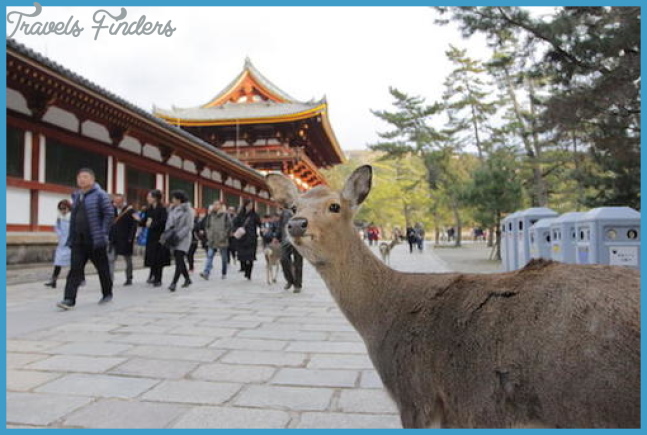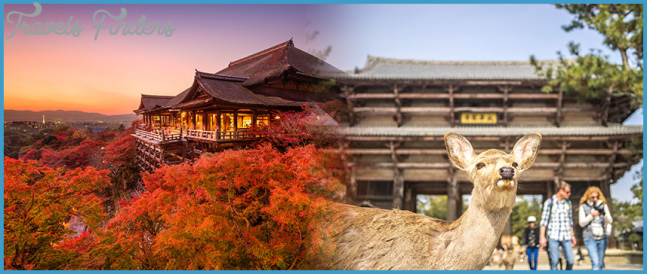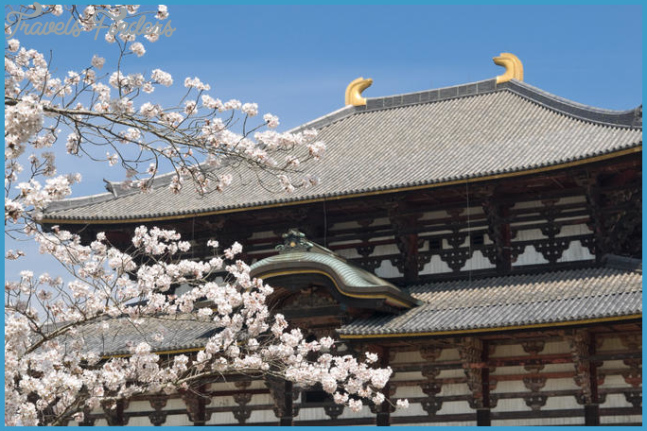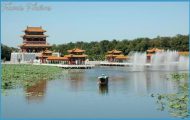A pleasant hour’s train ride from Kyoto, Nara is the capital city of Nara Prefecture, located on the mountainous, forested Kii Peninsula. Nara was Japan’s first permanent imperial capital in the 8th century, over 1,300 years ago. Nara’s great Buddhist temples retained power and influence even after losing their imperial status, and the city is still blessed with some of Japan’s most splendid Buddhist monuments within its Ancient Nara World Heritage Site. Nara is perhaps best known for Todai-ji Temple’s Daibutsuden, the world’s largest wooden building, which contains the 49 ft (15 m) high Great Buddha, the world’s largest bronze casting. It is estimated some 2,600,000 people aided in the construction of the Great Buddha and its Hall, contributing food, materials, and labor. The surrounding green of Nara Park also encompasses Kasuga Taisha, one of Japan’s most sacred Shinto shrines, and is home to more than 1,200 wild sika deer. The docile spotted creatures are regarded as divine messengers and some will bow politely for cervine osembe snacks.
Nara in Kyoto Photo Gallery
Just to the southwest, Nara’s Horyu-ji Temple features the oldest wooden buildings in the world, dating to the early 7th century. Research indicates that the central pillar of Horyu-ji’s elegant pagoda was fabricated from a tree felled in 594. Other historical locations can be more easily explored on a walking tour of old Naramachi (Nara Town), south of Sarusawa Pond, where the once-extensive temple grounds of the thriving 8th-century Gango-ji were developed into a merchant district. Naramachi, with its distinctive red monkey-shaped migawarizaru charms hanging under residential eaves to ward off evil, has several traditional machiya town houses and artist studios open to visitors. Noted author Pico Iyer, a long-time resident, finds that Nara “has a changeless grandeur … the rare place in Japan that is sleepy, traditional and quite private, yet saturated with history.” Nara certainly offers much more than can be absorbed on a single day trip from Kyoto.
An impressively fierce guardian deity statue glowers inside the Great Buddha Hall at Todai-ji
Temple.
Very early morning at the Daibutsuden, Todai-ji’s Great Buddha Hall, the largest wooden structure in the world.
Sacred sika deer at Todai-ji’s Nandaimon, the Great South Gate.
The Cloister Gallery at Horyu-ji Temple.
The precious Goju-no-To Pagoda at Horyu-ji is one of the world’s oldest wooden structures, dating to the early 7th century. The Great Buddha inside the Daibutsuden at Todai-ji is the largest bronze casting in the world.
The Great South Gate at Todai-ji was completed in 1203.
The Ikeda Gankodo shop for traditional Japanese fans is a 150-year-old family business; The tsuboniwa courtyard garden at Awa, a machiya townhouse restaurant; A congregation of stylish women in the old Naramachi merchant district.
The Nandaimon Gate at Horyu-ji Temple.
Source: Travelsmaps.com

